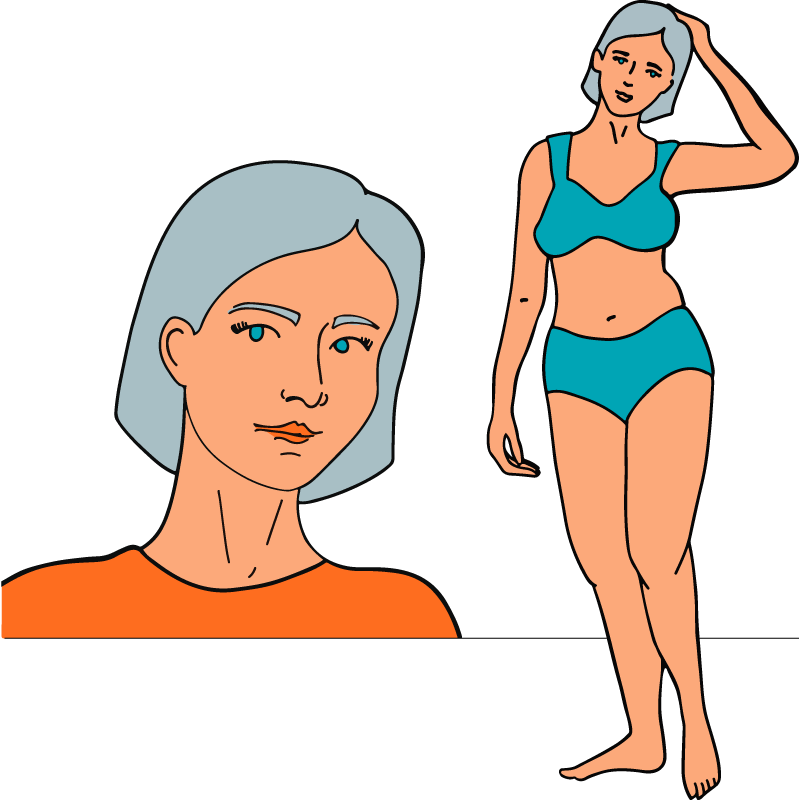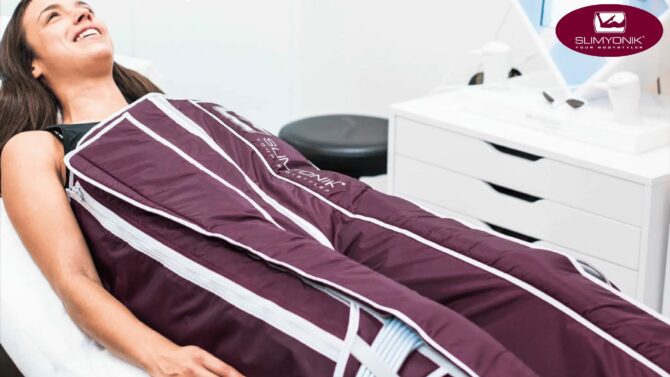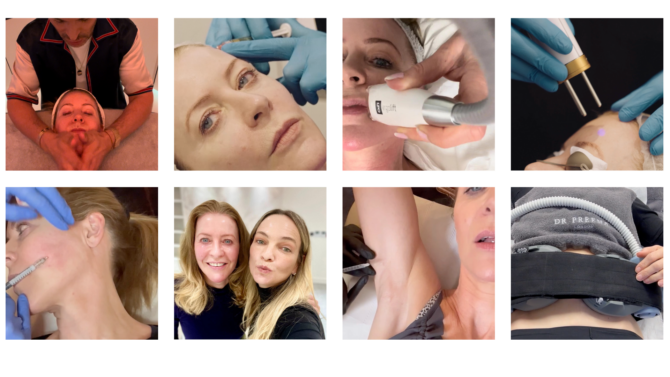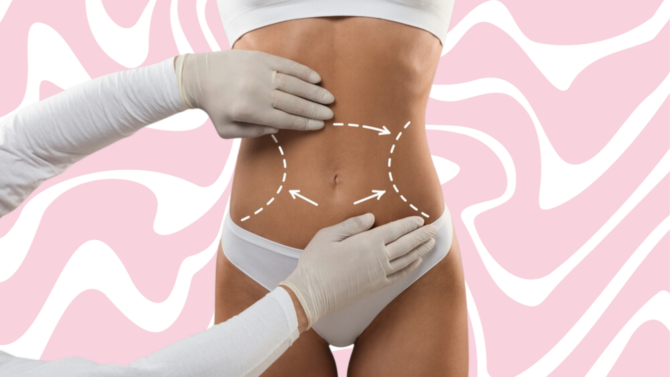How to get rid of cellulite?
While there is no guaranteed way to completely eliminate cellulite, various treatments and lifestyle changes (especially when used together) may help reduce its appearance and improve overall skin quality. For specific insight into diet and exercise, skincare and tweakments, there’s a section on each below:
Can I get rid of cellulite through diet and exercise?
Extreme weight fluctuations can contribute to the development and worsening appearance of cellulite, so maintaining a stable, healthy weight through diet and exercise is an important part of its management.
Regular physical activity and especially strength training can improve muscle tone and reduce overall body fat in areas that are commonly affected, including your bum and thighs. Similarly, a diet rich in fruits, vegetables and lean proteins, as well as staying well hydrated, can be helpful for overall skin health. Both won’t eliminate cellulite entirely, but they can contribute to a more toned and firm skin appearance.
Can I get rid of cellulite with the right skincare?
As skincare only acts on the top layers of the skin, no cream can totally eradicate cellulite. However, some plumping or exfoliating products may help improve skin smoothness, reducing cellulite’s general appearance. Look for certain ingredients such as caffeine, retinoids, and antioxidants as these can promote skin firmness and reduce the appearance of mild dimpling over time.
How much, on average, would treating the concern cost?
That really depends on the treatment you choose. On average, you can expect lymphatic drainage therapies to start from £75; non-invasive laser like Emerald from £175 per treatment; radiofrequency from £350; and fat freezing from £500.
Are there surgical treatments for getting rid of cellulite?
There are some surgical procedures that may improve the appearance of cellulite – although they tend to be less popular than tweakment options nowadays as they are much more invasive, and results can still vary.
Subcision: Subcision is a surgical technique in which a small blade or needle is used to cut the fibrous bands beneath the skin’s surface. This releases the tension that creates the dimpling effect, therefore helping smooth and eliminate cellulite.
Liposuction: Liposuction is a surgical procedure designed to remove excess fat from specific areas of the body. It can improve the appearance of body contours, having a knock-on effect on cellulite, but it does not necessarily target the underlying causes.
Fat Transfer: Fat transfer involves removing fat from one area of the body and injecting it into another. While this can provide a smoothing effect, its effectiveness in treating cellulite can vary.







 The Tweakments Chatbot
The Tweakments Chatbot